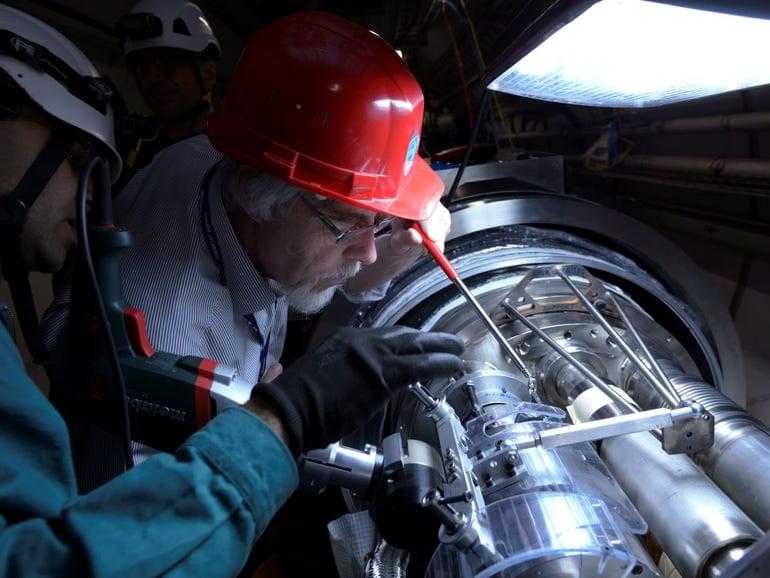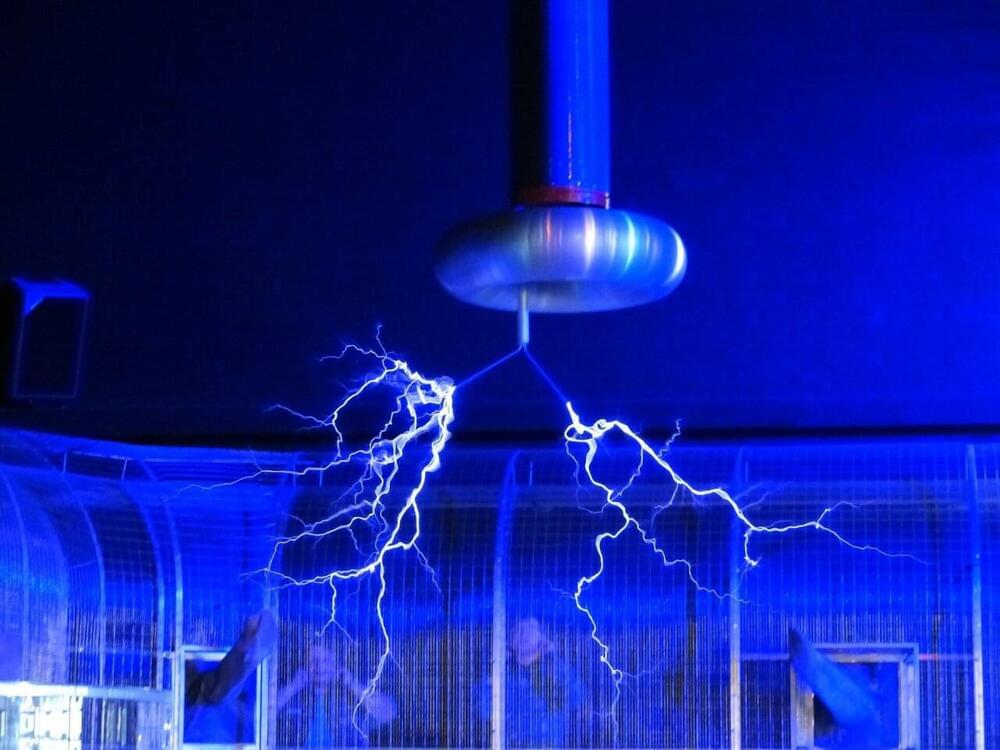The Service Availability metric is simple, business-oriented, and enables you to assess the state of the IT environment of a company.



Fujitsu said it will establish an AI ethics and governance office to ensure the safe and secure deployment of AI technologies.
To be headed by Junichi Arahori, the new office will focus on implementing ethical measures related to the research, development, and implementation of AI and other machine learning applications.
“This marks the next step in Fujitsu’s ongoing efforts to strengthen and enforce comprehensive, company-wide measures to achieve robust AI ethics governance based on international best-practices, policies, and legal frameworks,” the company stated.


The Financial Department of the State Prosecutor’s Office informed 10 individuals and three companies on Monday that they would be indicted on serious security offenses linked to selling missiles to China without approval.
According to the State Prosecutor’s Office, the deal in question was brokered by Ephraim Menashe, an Israeli drone entrepreneur and founder of the Solar Sky company, who then hired Tzvika and Ziv Naveh, owners of the Innocon drone company, and other unnamed suspects.
“The suspects were investigated as part of a large-scale security case in which it was suspected that they manufactured, brokered and exported cruise missiles for military use, without a permit,” said prosecutors.
👉For business inquiries: [email protected].
✅ Instagram: https://www.instagram.com/pro_robots.
You are on the PRO Robots channel and today we are going to talk about the main trends in science and technology for the next 10 years. How will the world of robotics change in 2022 and what will happen in the next 10 years? Experts say robots will become as commonplace in our lives as smartphones and laptops. Watch the top robotics trends in one video!
0:00 In this video.
0:23 Smart factories.
1:16 Robot interaction.
1:40 Semi-structured Environment.
2:20 Machine vision.
3:04 Artificial Intelligence.
3:43 Intuitive programming and RaaS
4:31 Robot maintenance.
5:08 Robots everywhere.
5:43 Unmanned cars.
6:52 Delivery robots.
7:29 Logistics Robots.
7:53 Robot dogs.
8:34 Humanoid robots.
#prorobots #robots #robot #futuretechnologies #robotics.
More interesting and useful content:
✅ Elon Musk Innovation https://www.youtube.com/playlist?list=PLcyYMmVvkTuQ-8LO6CwGWbSCpWI2jJqCQ
✅Future Technologies Reviews https://www.youtube.com/playlist?list=PLcyYMmVvkTuTgL98RdT8-z-9a2CGeoBQF
✅ Technology news.
https://www.facebook.com/PRO.Robots.Info.
#prorobots #technology #roboticsnews.

That is not to say that the advantage has been proven yet. The quantum algorithm developed by IBM performed comparably to classical methods on the limited quantum processors that exist today – but those systems are still in their very early stages.
And with only a small number of qubits, today’s quantum computers are not capable of carrying out computations that are useful. They also remain crippled by the fragility of qubits, which are highly sensitive to environmental changes and are still prone to errors.
Rather, IBM and CERN are banking on future improvements in quantum hardware to demonstrate tangibly, and not only theoretically, that quantum algorithms have an advantage.

Imagine if we could use strong electromagnetic fields to manipulate the local properties of spacetime—this could have important ramifications in terms of science and engineering.
Electromagnetism has always been a subtle phenomenon. In the 19th century, scholars thought that electromagnetic waves must propagate in some sort of elusive medium, which was called aether. Later, the aether hypothesis was abandoned, and to this day, the classical theory of electromagnetism does not provide us with a clear answer to the question in which medium electric and magnetic fields propagate in vacuum. On the other hand, the theory of gravitation is rather well understood. General relativity explains that energy and mass tell the spacetime how to curve and spacetime tells masses how to move. Many eminent mathematical physicists have tried to understand electromagnetism directly as a consequence of general relativity. The brilliant mathematician Hermann Weyl had especially interesting theories in this regard. The Serbian inventor Nikola Tesla thought that electromagnetism contains essentially everything in our universe.
In 2014, physicists found evidence of a deep connection between quantum error correction and the nature of space, time and gravity. Generally, gravity is defined as the fabric of space and time but beyond Einstein’s theory, there must be a quantum origin from which the space-time somehow emerges.
The three physicists at the origin of this discovery, Ahmed Almheiri, Xi Dong and Daniel Harlow, suggested that a holographic “emergence” of space-time works just like a quantum error-correcting code. In their paper “Bulk Locality and Quantum Error Correction in AdS/CFT” published in its first version in November 2014, they showed that space-time emerges from this quantum error correction code in an anti-de Sitter (AdS) universes.
The discovery is opening a new way to capture more properties of space-time.

In part because the technologies have not yet been widely adopted, previous analyses have had to rely either on case studies or subjective assessments by experts to determine which occupations might be susceptible to a takeover by AI algorithms. What’s more, most research has concentrated on an undifferentiated array of “automation” technologies including robotics, software, and AI all at once. The result has been a lot of discussion—but not a lot of clarity—about AI, with prognostications that range from the utopian to the apocalyptic.
Given that, the analysis presented here demonstrates a new way to identify the kinds of tasks and occupations likely to be affected by AI’s machine learning capabilities, rather than automation’s robotics and software impacts on the economy. By employing a novel technique developed by Stanford University Ph.D. candidate Michael Webb, the new report establishes job exposure levels by analyzing the overlap between AI-related patents and job descriptions. In this way, the following paper homes in on the impacts of AI specifically and does it by studying empirical statistical associations as opposed to expert forecasting.
We’ve been trying for a long time to make a tiny Sun on Earth, one that would sustainably produce energy by nuclear fusion of hydrogen or similar atoms. Come to think of it, I’d like one for my basement.
Fusion requires quite a bit of heat to get going, but once it does, it starts producing its own heat. If you can keep that system contained so it doesn’t expand too much or allow too much heat to escape, further fusion happens. If it reaches a point where self-heating becomes the primary driver of fusion, you have yourself a “burning plasma”.
The actual Sun has a pretty easy time sustaining fusion because of the crushing gravity at its center, but we Earthlings need to be a bit more creative to achieve that here at home (because we don’t have any 4-nonillion pound weights handy). The burning plasma, indeed a tiny star, is one of the key milestones on the path to usable nuclear fusion. Until now, no one had ever made such a thing.